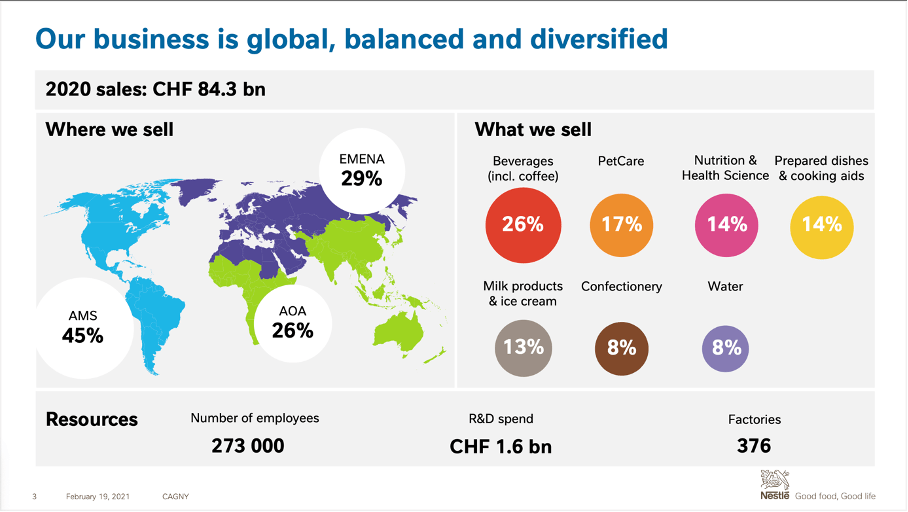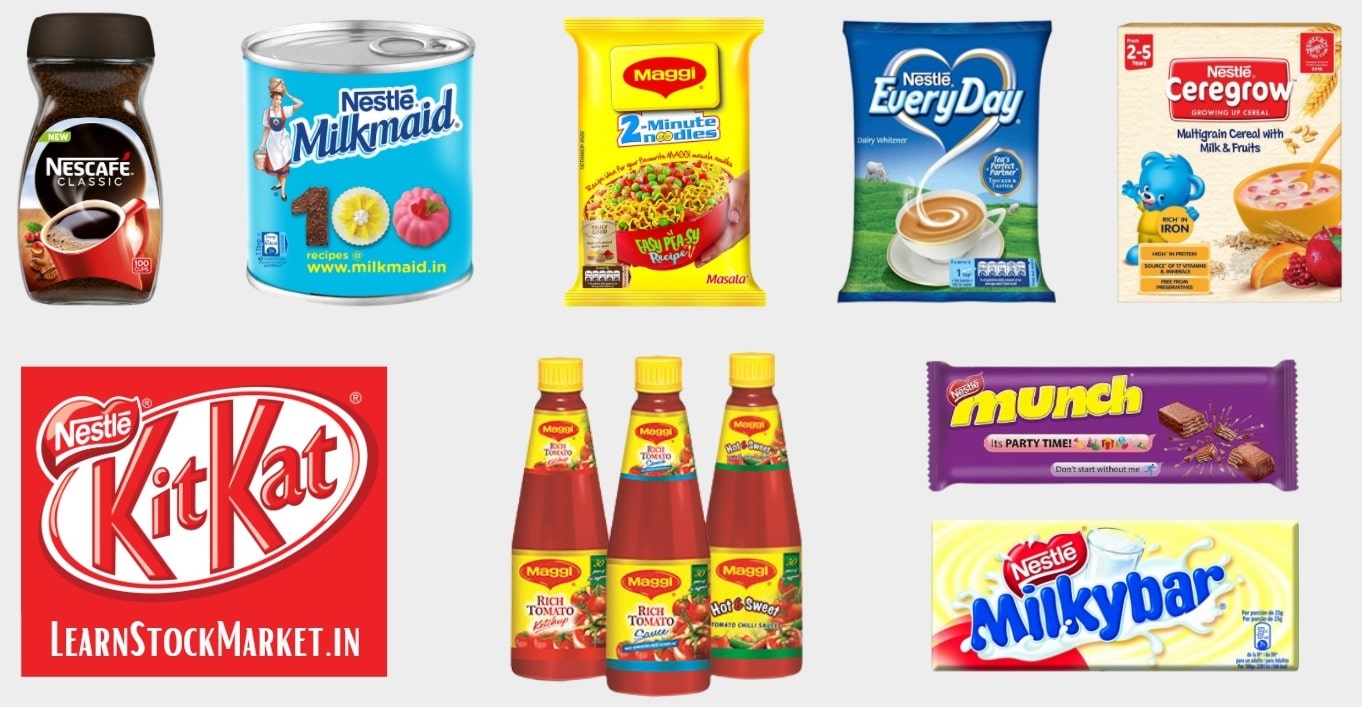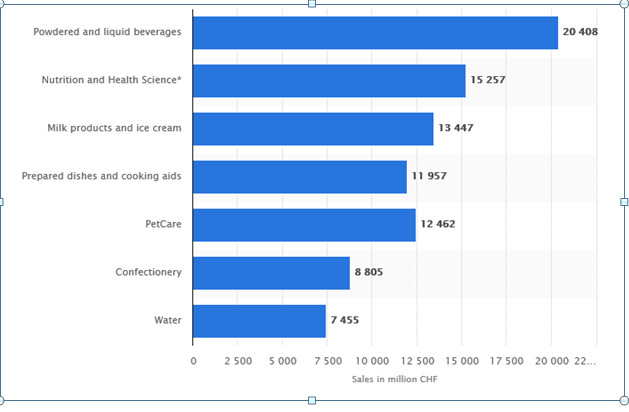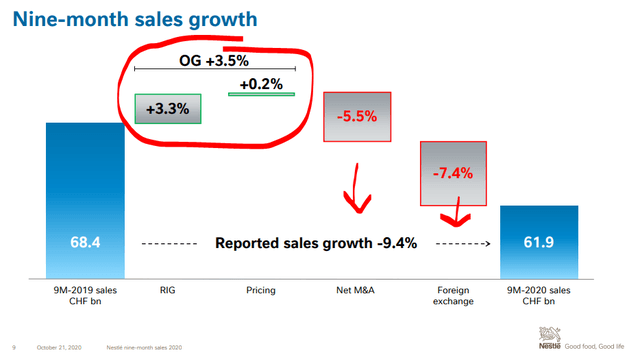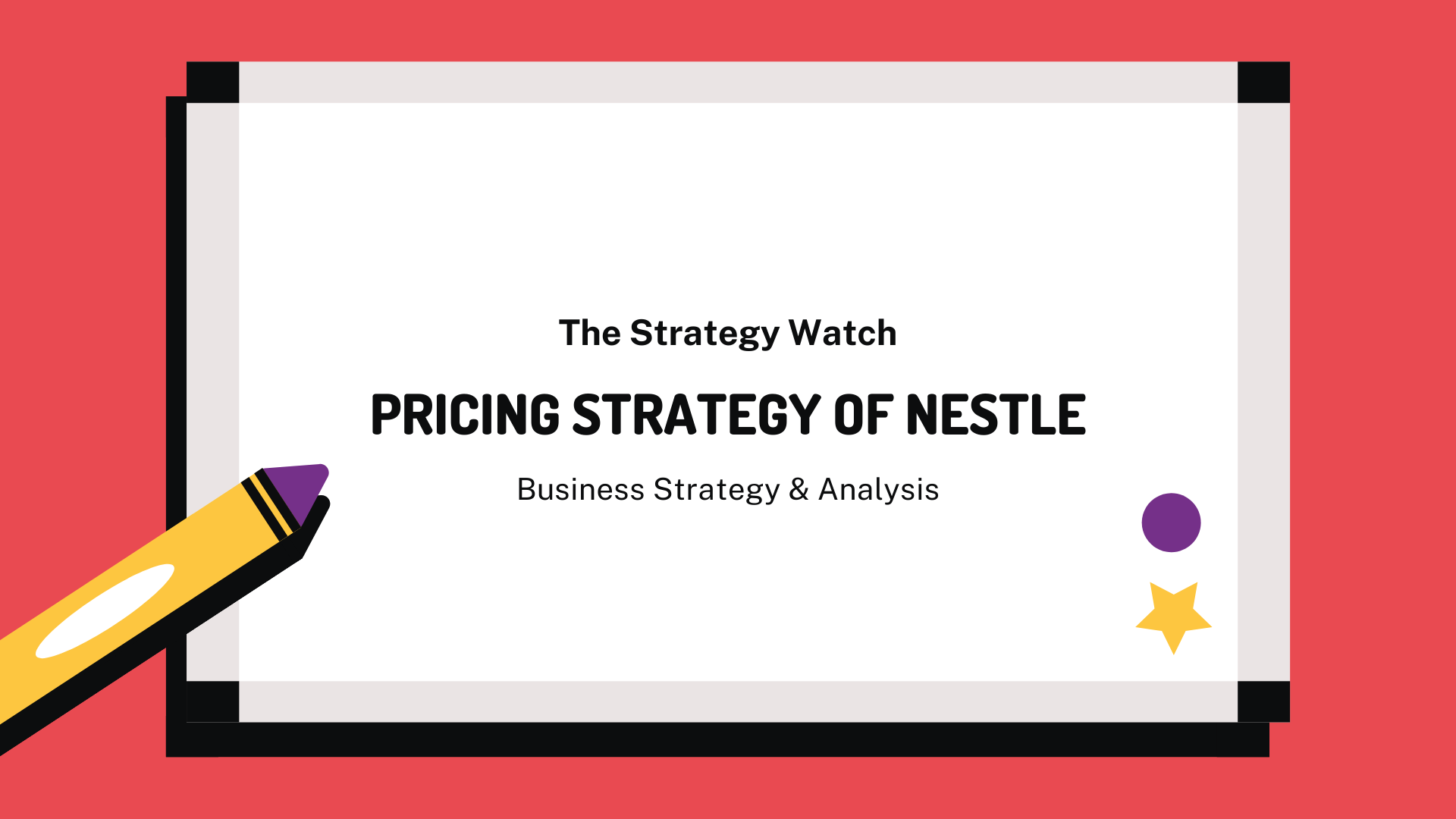Nestle is a multinational food and beverage company based in Switzerland. Founded in 1866, Nestle has grown to become one of the world's largest and most well-known consumer packaged goods companies, with products sold in 191 countries. The company's portfolio includes a wide range of products, including water, coffee, milk-based beverages, infant formula, ice cream, frozen meals, and pet food.
One of the key strengths of Nestle is its strong brand recognition and reputation. Nestle has a long history of producing high-quality products that are trusted by consumers around the world. The company has also invested heavily in marketing and advertising campaigns to promote its brands and build customer loyalty.
Another strength of Nestle is its global reach and diverse product portfolio. The company operates in a variety of sectors, including health, wellness, and nutrition, which allows it to tap into a wide range of consumer needs and preferences. This diversity has helped Nestle to weather economic downturns and shifts in consumer demand.
Despite its strengths, Nestle has faced a number of challenges in recent years. One of the main challenges has been concerns over the environmental and social impacts of its operations. Nestle has faced criticism over its use of single-use plastics, water management practices, and deforestation, among other issues. The company has made efforts to address these concerns, including committing to using 100% recyclable or reusable packaging by 2025, but it will likely continue to face scrutiny in these areas.
Another challenge for Nestle has been the increasing competition in the food and beverage industry. Nestle faces competition from both large multinational corporations and smaller, more nimble companies that are able to quickly adapt to changing consumer preferences. In order to stay competitive, Nestle has had to continuously innovate and adapt to changing market conditions.
In conclusion, Nestle is a global leader in the food and beverage industry with a strong brand and diverse product portfolio. While the company has faced challenges in recent years, it has taken steps to address these issues and remains well-positioned to continue to grow and succeed in the future.

